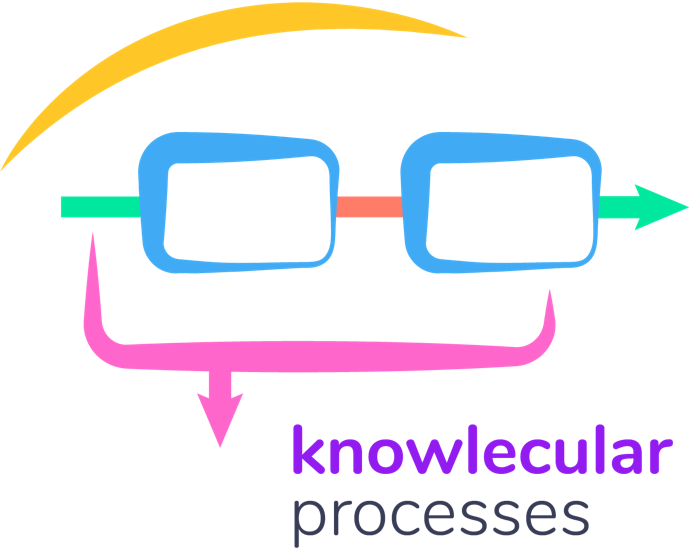Why Stage-Gate is killing your company’s growth
Most companies use a variation of Stage-Gate as a process for moving new products or services from conception to launch. Here are 5 reasons why Stage-Gate is disastrous for your company’s innovation speed, and therefore for its growth:
Stage-Gate uses a “push” model rather than a pull model.
Stage-Gate is serial, assuming all the information needed exists at each stage.
Stage-Gate produces inventories of non-revenue-producing research.
Stage-Gate is evaluative, but not creative or generative.
Stage-Gate neglects the prioritization of innovations.
1. Ideas start in R&D, and then these are pushed forward and screened to see which ones will be useful for customers, and profit-bearing for the company. The opposite model is to start with customer needs and to pull the ideas toward the finish. The pull model is almost always faster because we know the destination. In the push Stage-Gate pathway, ideas can more readily be pushed toward oblivion or an unsuccessful launch.
2. In principle Stage-Gate need not be serial, but in my experience, it is almost always serial in practice. The difficulty of this serial nature is that it assumes that all the stages that came before each had the full knowledge needed to add value for the innovation. As a result, the R&D team for instance is expected to know the market and other needs fully. This is seldom the case. In one case I worked with, the team designed a product that used raw materials that were to be banned within two years in Europe. The product, therefore, had to undergo significant redesign at the R&D stage, wasting that time. This was not known until the regulatory experts became involved; however, if the entire innovation process were better integrated, this information would have been incorporated early, avoiding the later delay.
3. Since Stage-Gate acts as a type of valve in the innovation process, it produces anxiety in previous stages, leading them to acquire more data — even the wrong data — than is typically needed. Stage-Gate thus acts as a bottleneck that slows down the flow of innovation, in part by fear. This slowdown causes a greater recycling of research, producing an inventory of research. Projects pile up so that a team of researchers might have more than a dozen projects at once! As Goldratt discusses in his book “The Goal”, inventory is stuff that you have paid for, for which you are receiving no revenue. Rather than approaching a gate as a hurdle to be jumped, how much more effective it would be to know the gatekeeper so that they could in fact escort you through the gate properly and introduce you to the next person. That is, the decision-makers at the next stage, by seeing the research earlier, add their input earlier, ask hard questions, and come to trust the results earlier, and so are prepared and willing to help shepherd the innovation forward.
4. Inherently Stage-Gate is an evaluative process. Great effort is expended to try to get the ideas past the next gate. However, innovation overall requires a generative, creative process, not just evaluation. Once again, having the relevant people in the room early enables creative ideation at a much earlier time point. This might be the worst aspect of the Stage-Gate process.
5. Stage-Gate looks at each project and determines whether to move it forward. However, for your best projects, there is a significant advantage in “vectorizing” the project to the finish, focusing your resources until there is no competition for resources in your projects. This gets the innovation to the customer as fast as possible, adding value for them and revenue for the company. Thus, this revenue can then be used to fund other innovations. It is almost always to your advantage to vectorize innovation to the finish line as much as possible, rather than having a dozen projects “plodding forward” step by step.
For the reasons above, classical Stage-Gate processes are disastrous for innovation speed and value. You should EXPECT DELAYS, as the image above says. The Stage-Gate process does little to connect the Future Voice of the Customer (FVoC) to the ideation phase that often starts in R&D.
The solution is to get the “system in the room” early. Invite action-oriented people from R&D, manufacturing, marketing, legal, regulatory, tox, supply chain, sustainability, finance, and leadership as early as possible. There is often a reticence to do this, thinking, “Those people must be too busy.” But in my experience, the best people love to be involved early. I think of one director I worked with who invited people from the categories above, from three continents, and we coordinated the input into a coherent whole, reducing many months of time from the launch of the innovation. Facilitating that meeting is another discussion, but in this article, the aim has been to show that you and your company need to drastically modify Stage-Gate if you are to have a fast, value-creating innovation process.

